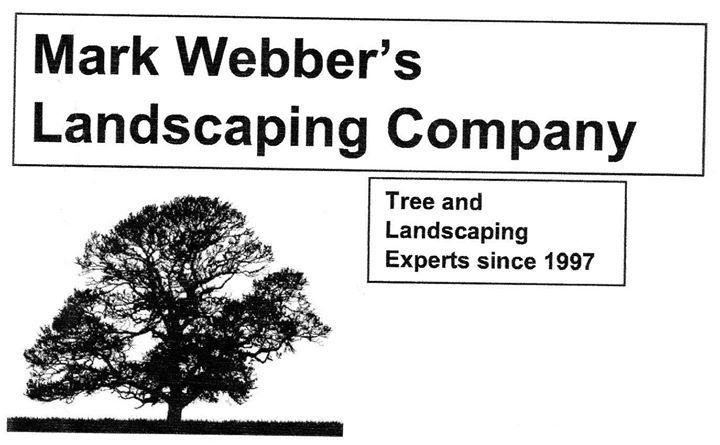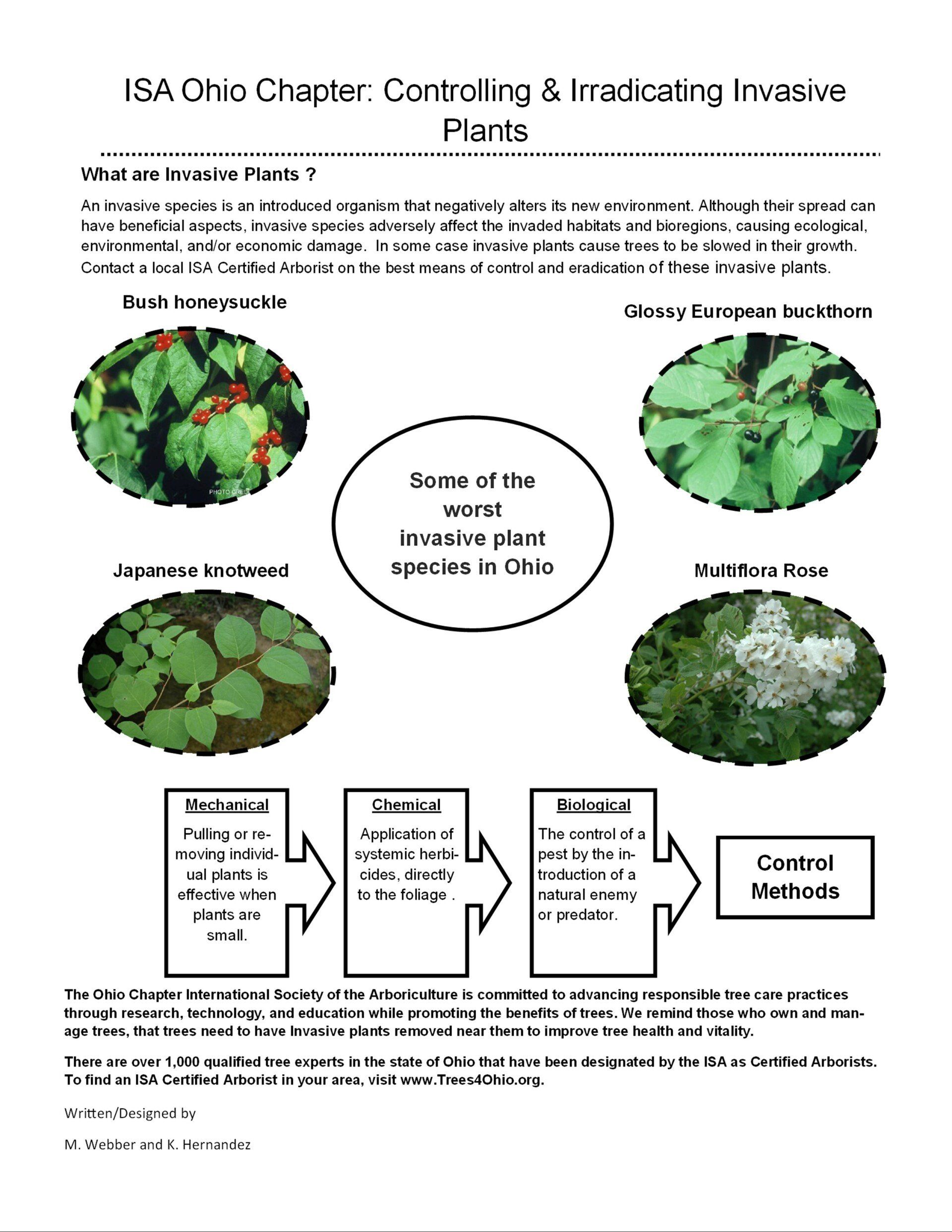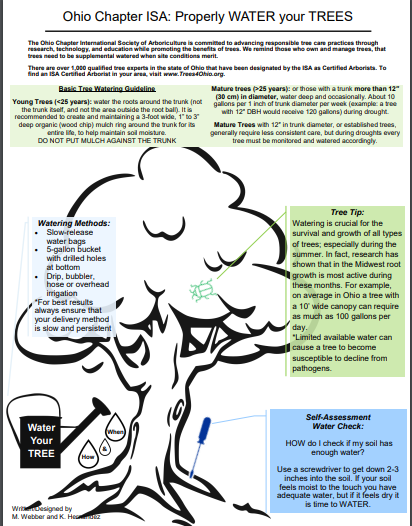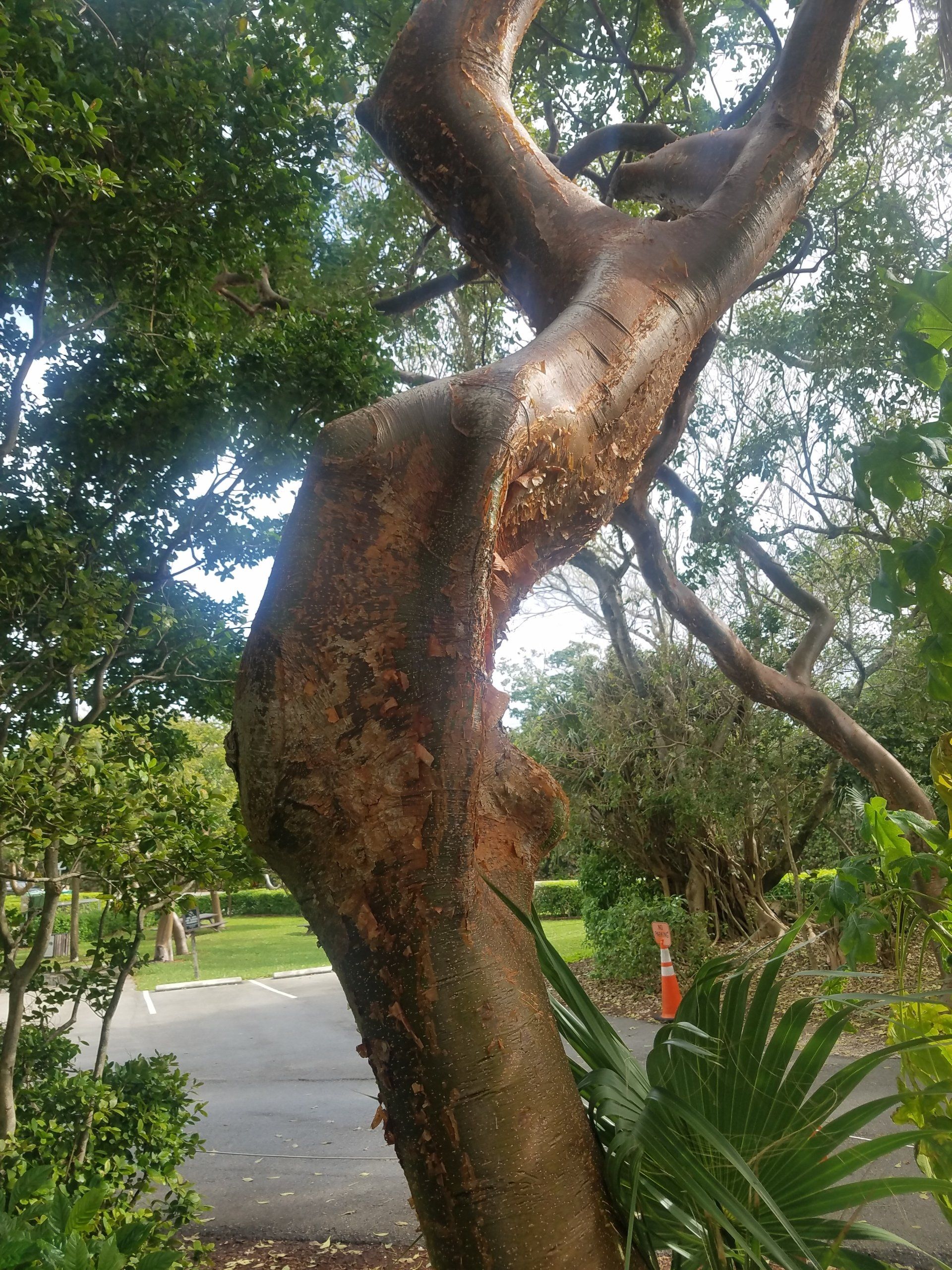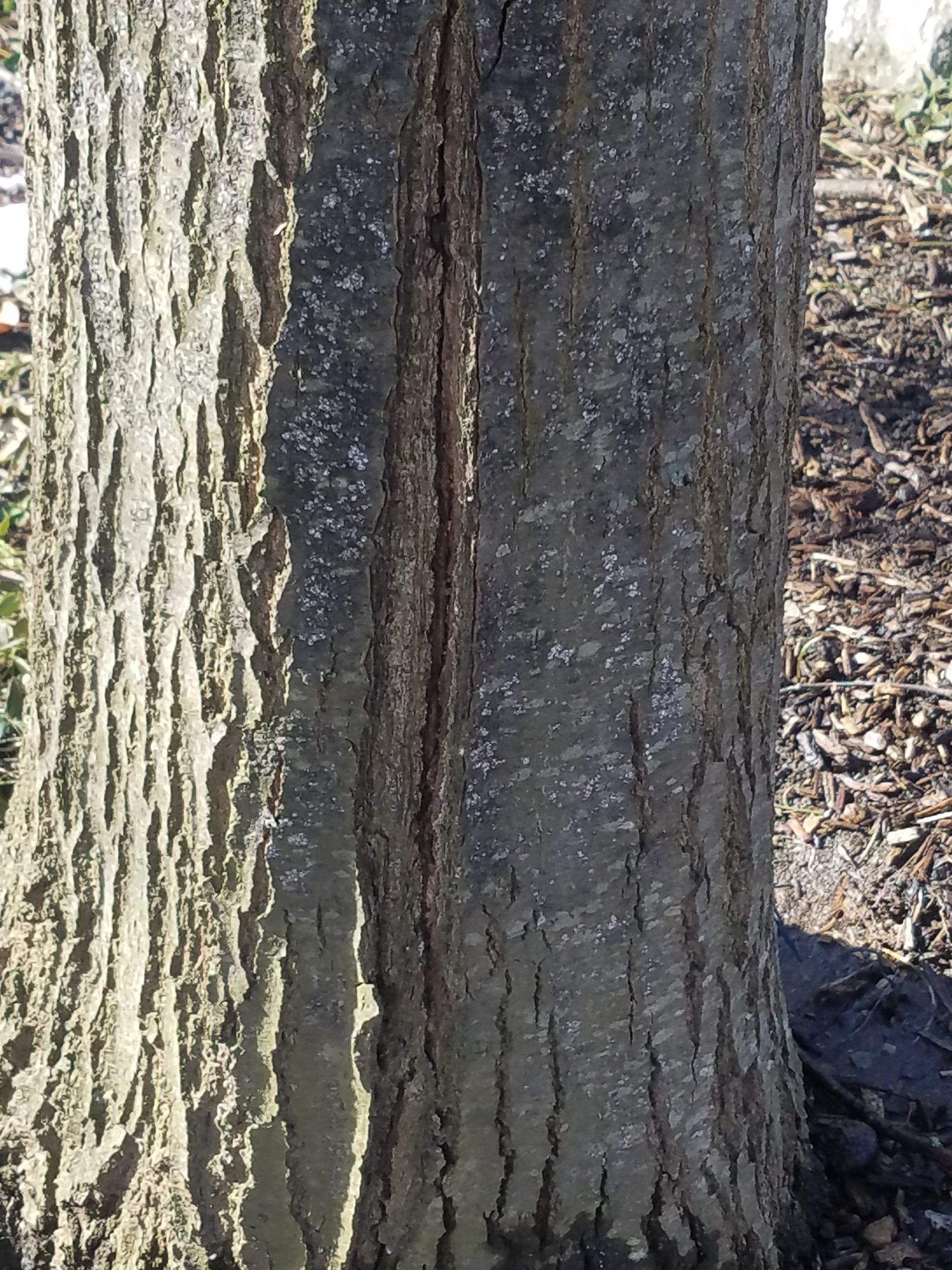How Many Tree Branches Can I Remove From My Tree?
Photo Source (Tree Dictionary)
This week I spent some time helping the team at Mark Webber's Landscaping conduct a tree risk assessment of a very large Ash tree. After the Ash inspection, I then inspected a number of other trees on the subject landscape. The property owner had unfortunately had her trees been mistreated by improper pruning. The term “seal,” rather than “heal,” is used to describe tree wound closure, since the wound still exists inside the tree even after it no longer shows on the outside. A properly pruned tree will create a better tree; however, a poorly pruned tree will result in a deteriorated condition. Trees have a natural defense response to wounds and pruning cuts. They form four types of walls to compartmentalize the area thus preventing the spread of decay organisms. However, if you prune too much from a tree, it will not have the energy resources to have the energy to compartmentalize.
Proper pruning techniques and timing are critical to long-term tree health. The most important principle to remember is that each cut has the potential to change the tree considerably. Tree pruning needs to be well thought out and based upon what science and the Best Practices of the International Society of Arboriculture.
In this case, the client's trees were excessively pruned by removing all of the subject inner branches resulting in a tree branch that looks like a lions tail. Lion's tail pruning creates tree branches that are likely to fail under normal weather conditions. In the case, the recommendation to this client was to do nothing or not to prune the subject trees for at least the next 6-9 years.
Pruning Dose
As a tree gets older the more difficult, it becomes for the plant to manage excess cuts. (See Chart/photograph above) When trees are young [Y] great amounts of symplast maintaining wood [L] can be removed. Symplastless wood is a term that is lucid to describe a tree or piece of wood or tree part that no longer maintains a symplast. As the tree matures [M] less symplast maintaining wood should be removed, and symplastless wood removal should increase [D]. As the tree approaches over maturity [OM] very little symplast maintaining wood [L] wood should be removed, and great amounts of symplastless wood [D] should be removed.
Bottom Line
If too many tree branches are removed or if the cuts are too large in older trees will result in further deterioration to the subject tree that may result in the loss of your valuable tree. You should use only Certified Arborist to make decisions about how to best manage your trees. Here are some important tips to follow for better trees:
• Start training trees with pruning while they are young and
newly established.
• Minimize the number of live branches removed at any one
time.
• Use proper cuts. Watch the branch collar and/or branch bark
ridge.
• Pruning dose should be determined by overall tree health.
• Reduce live-tissue pruning during times of drought.
• Remove smaller branches rather than larger branches.
• Do not top trees for any reason (heading cuts).
• Prune when trees are biologically active to expedite wound
sealing.
• Do not use tree wound dressings.
References
http://www.treedictionary.com/DICT2003/tree_pruning/dose/chart.html
Tree Pruning Essentials. Lindsey Purcell. Purdue University.2015
McKenzie, R. 2008. What’s Wrong with Topping Trees?, FNR-FAQ-14-W. Purdue University Cooperative Extension, West Lafayette, Ind., USA.





